The delicate and sensitive barbs of the genus Eirmotus are very poorly researched. The first discovered species – E. octozona – was described on the basis of a single specimen that came from the trade. It allegedly came from Bung Borapet in Thailand. Since then, no Eirmotus has ever been found in Thailand. Instead, they are found in Malaysia, Sumatra and Borneo. In 2008, these animals were examined and it was concluded that there are four different species, which are, however, very similar. In the trade, all four species are still called E. octozona. You can see the “real” E. octozona here: https://www.aquariumglaser.de/en/08-carp-like-fishes-2-barbs-minnows-carps-goldfish-etc/eirmotus_octozona_en/
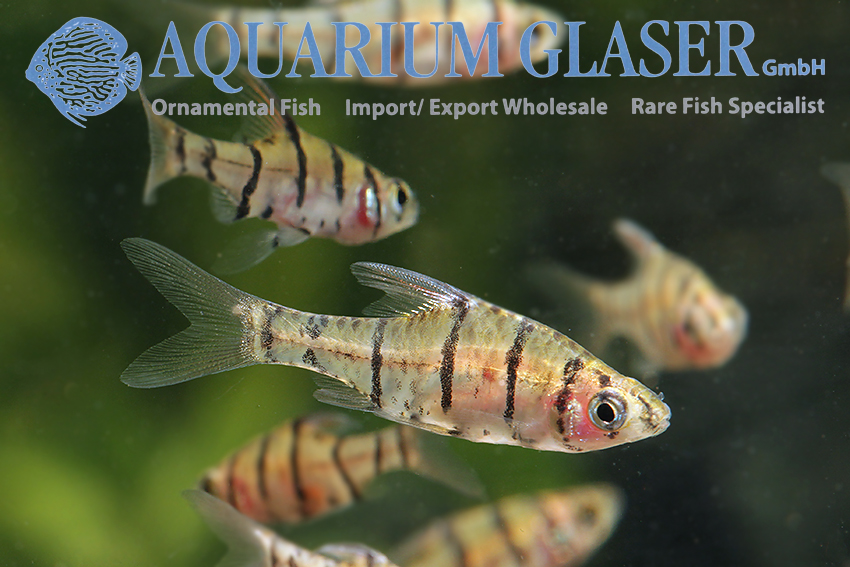
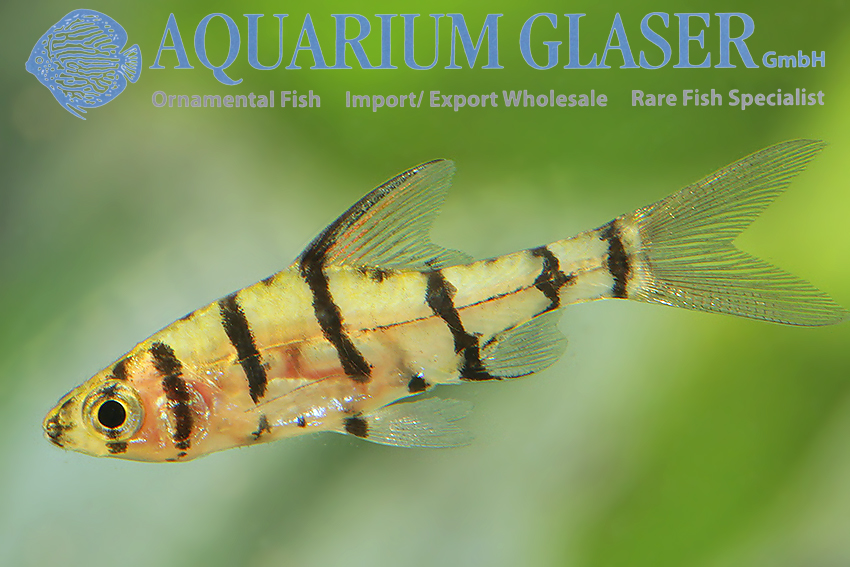
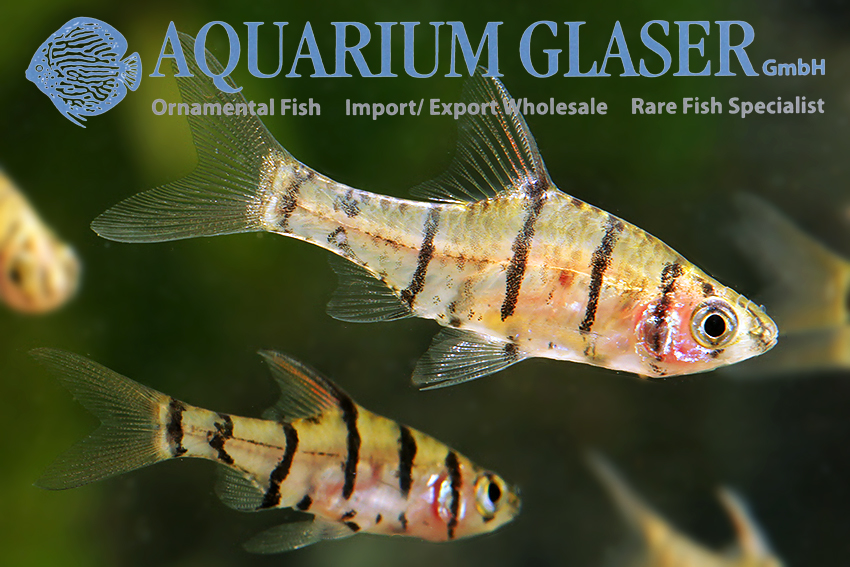
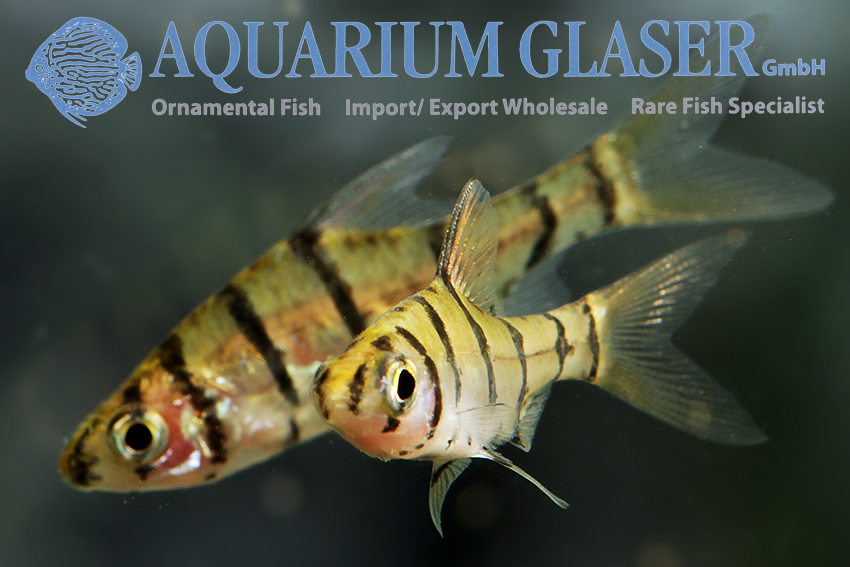
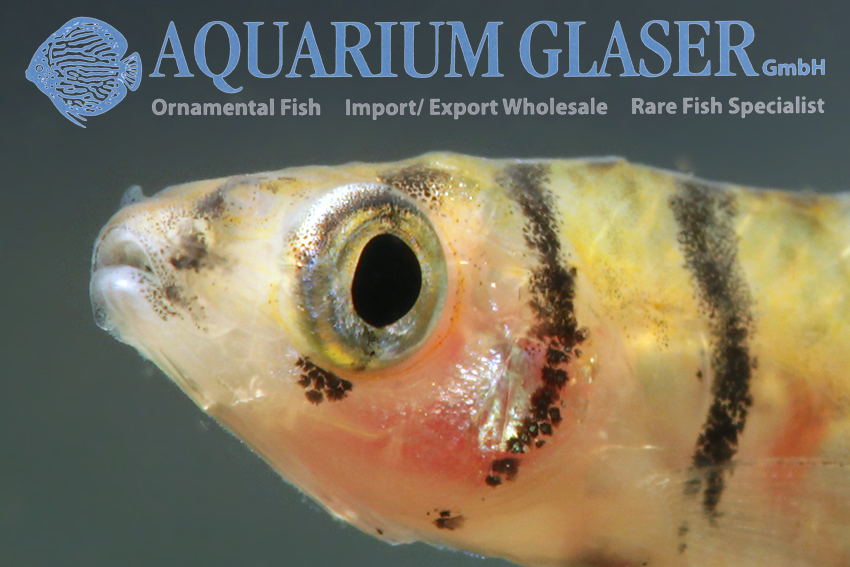
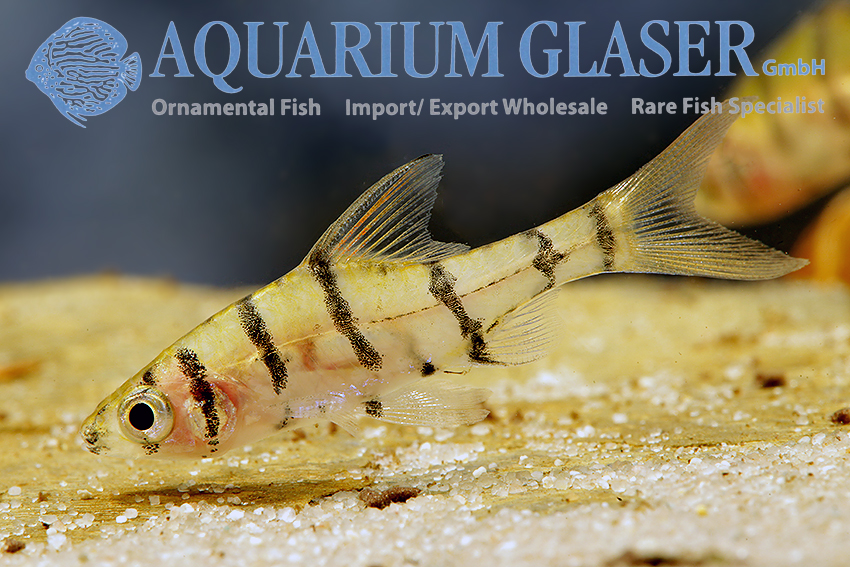
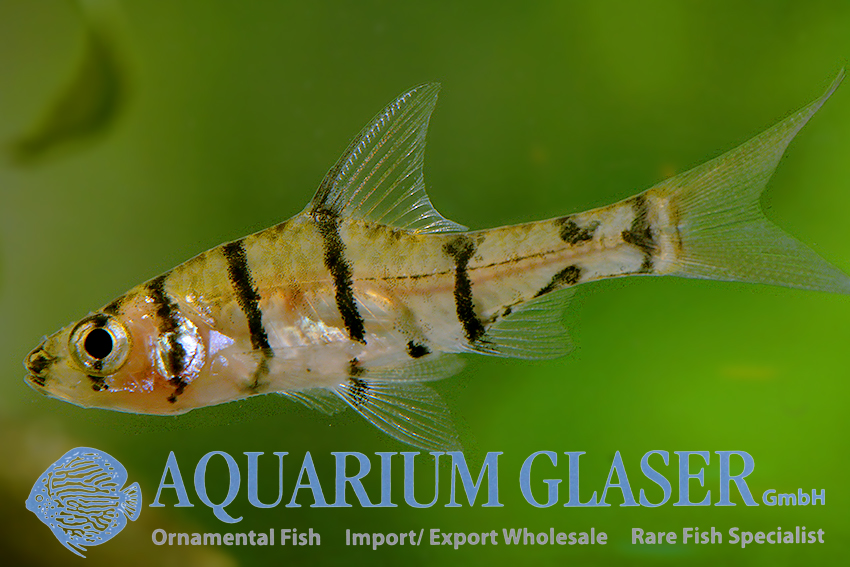
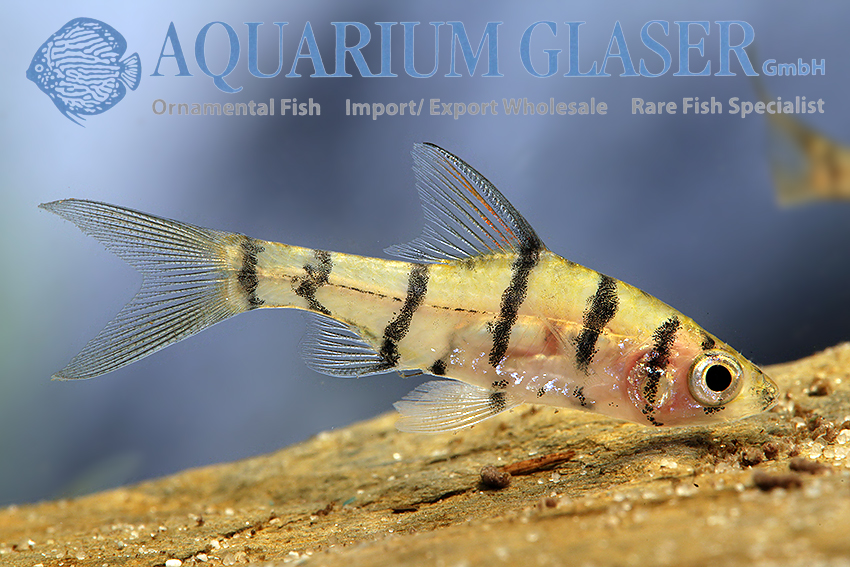
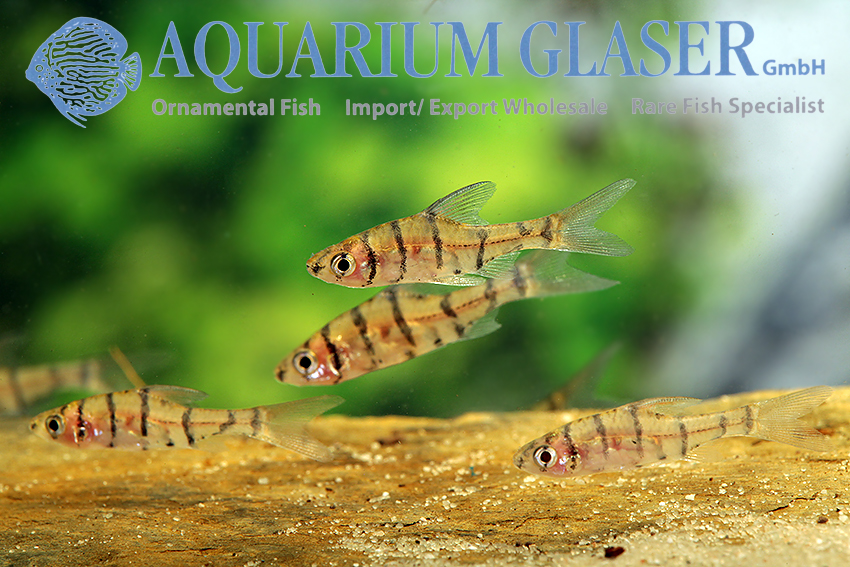
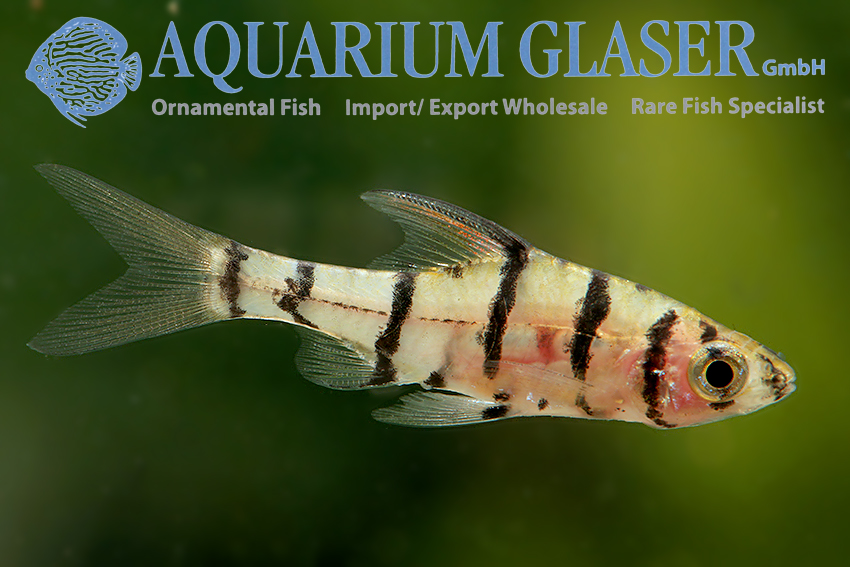
We have now once again been able to import Eirmotus, which we initially also referred to as E. octozona. Only the evaluation of macro images showed the difference: our animals currently in the stock have less than 23 teeth (serrae) on the back of the dorsal fin spine and a terminal mouth. In E. octozona there are 25 or more serrae. Further examination revealed that it must be E. furvus. This species lives in the black water of Sumatra (Jambi).
In terms of care – there are no breeding reports to our knowledge – the four species do not differ. They are typical blackwater fish that require low-bacteria water. This is easiest to achieve in soft, acidic water. The water should also contain humic substances. The fish only grow to 3-4 cm long and require fine food. Artemia nauplii are very suitable. Eirmotus are completely peaceful and do not damage plants.Very interesting (and not yet mentioned in the literature available to us) is the fact that the anal fin of the males of Eirmotus is modified in a way that is only known from African characins: the first long anal fin ray is strongly broadened, tthe fin itself convexly bulged (slightly concave and straight in the female).
For our customers: the animals have code 414583 (as E. octozona) on our stock list. Please note that we only supply the wholesale trade.




